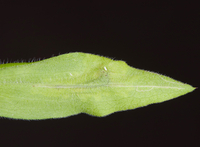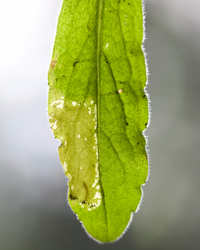
| Recorded by: Mark Basinger on 2025-06-27
Rowan Co.
Comment: | 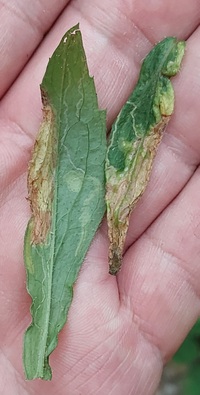
| Recorded by: Mark Basinger, Jim Petranka, and Becky Elkin on 2025-06-25
Mitchell Co.
Comment: |

| Recorded by: Mark Basinger, Jim Petranka, and Becky Elkin on 2025-06-25
Mitchell Co.
Comment: | 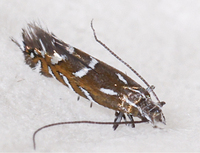
| Recorded by: John Petranka on 2025-06-16
Orange Co.
Comment: |
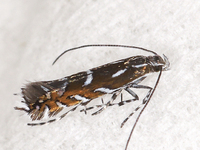
| Recorded by: John Petranka on 2025-06-16
Orange Co.
Comment: | 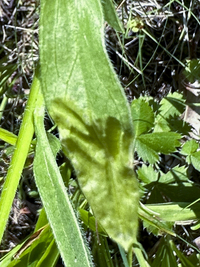
| Recorded by: John Petranka on 2025-06-03
Orange Co.
Comment: |
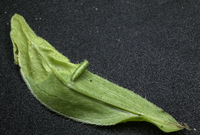
| Recorded by: John Petranka on 2025-06-03
Orange Co.
Comment: | 
| Recorded by: Ken Kneidel on 2025-04-27
Mecklenburg Co.
Comment: |

| Recorded by: Ken Kneidel on 2025-04-27
Mecklenburg Co.
Comment: | 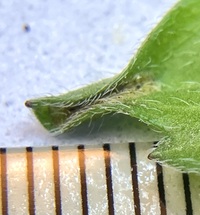
| Recorded by: Ken Kneidel on 2025-04-27
Mecklenburg Co.
Comment: |
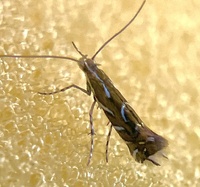
| Recorded by: Ken Kneidel on 2025-04-13
Mecklenburg Co.
Comment: | 
| Recorded by: Jim Petranka, Bo Sullivan and Becky Elkin on 2023-09-15
Macon Co.
Comment: |
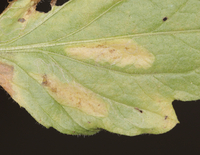
| Recorded by: Jim Petranka on 2023-07-06
Haywood Co.
Comment: | 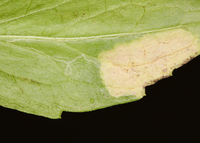
| Recorded by: Jim Petranka on 2023-06-13
Montgomery Co.
Comment: |

| Recorded by: Dean Furbish on 2023-05-31
Wake Co.
Comment: | 
| Recorded by: Dean Furbish on 2023-05-31
Wake Co.
Comment: |
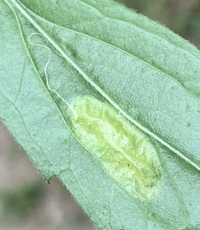
| Recorded by: Ken Kneidel on 2023-05-26
Mecklenburg Co.
Comment: | 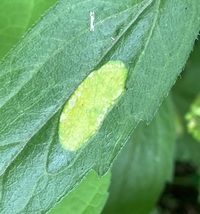
| Recorded by: Ken Kneidel on 2023-05-26
Mecklenburg Co.
Comment: |

| Recorded by: Ken Kneidel on 2023-05-26
Mecklenburg Co.
Comment: | 
| Recorded by: David George on 2023-05-05
Durham Co.
Comment: |
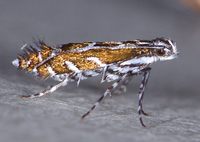
| Recorded by: Jim Petranka on 2022-06-22
Madison Co.
Comment: | 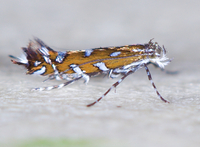
| Recorded by: Jim Petranka on 2022-06-18
Madison Co.
Comment: A reared adult from Erigeron sp.; mine on 6 June; adult on 18 June. |
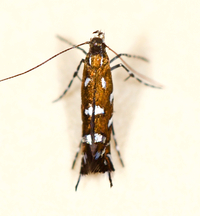
| Recorded by: Jim Petranka on 2022-06-18
Madison Co.
Comment: | 
| Recorded by: tom ward on 2022-06-06
Buncombe Co.
Comment: |
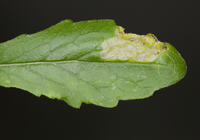
| Recorded by: Jim Petranka on 2022-06-06
Madison Co.
Comment: | 
| Recorded by: Jim Petranka on 2022-06-06
Madison Co.
Comment: |
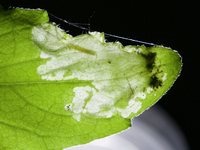
| Recorded by: Jim Petranka on 2022-06-06
Madison Co.
Comment: | 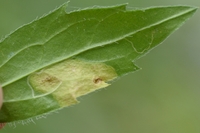
| Recorded by: Tracy S. Feldman on 2022-06-03
Durham Co.
Comment: |
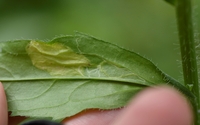
| Recorded by: Tracy S. Feldman on 2022-06-03
Durham Co.
Comment: | 
| Recorded by: Tracy S. Feldman on 2022-06-03
Durham Co.
Comment: |
|

 »
»

